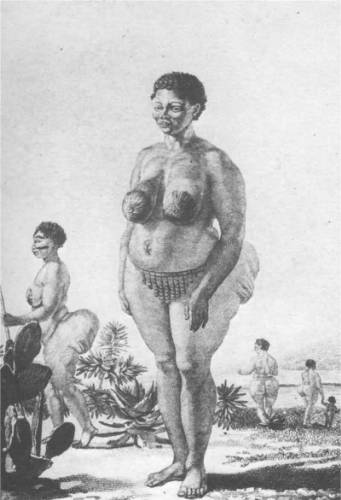21C/19C _ Procedures for Anthropometric Image Reversal _ Debate 03
21C/19C_Procedures for Anthropometric Image Reversal is a performative 16mm film work on the painful colonial archive, specifically the anthropometric photography of 1860-1900. read more…
Human Zoos explained in 10 minute video
Excellent short and engaged explanation on the human zoos, by Stephane Kaas. In Dutch.
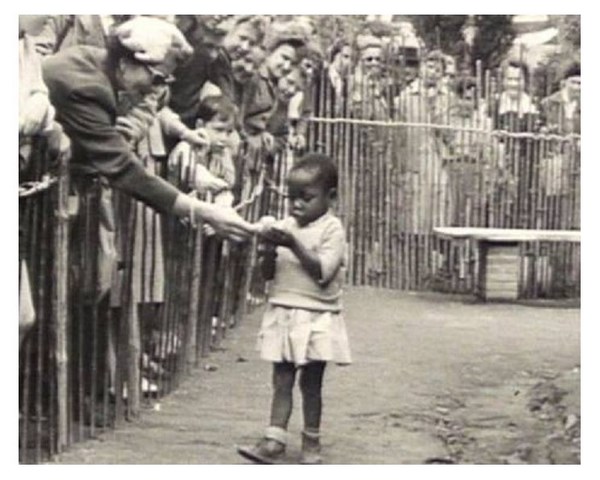
Reproduction of a human zoo
Two Norwegian-based artists thought that the public should remember the ‘Human Zoo’ of 1914. For its hundredth birthday, they decided to reenact it. read more…
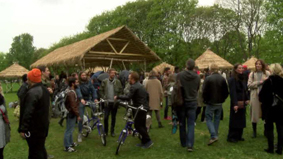
How does exhibiting others work as a reducing image?
Looking through my writings I listed some recognizable elements; we will find these again and again: the creation of distance; showing the Other in reducing circumstances; reduction-deduction: to see one Other equals seeing them all; the exhibitors, not the exhibited, decide how they are put on display; the exotic Other; the Phantasy of white dominance.
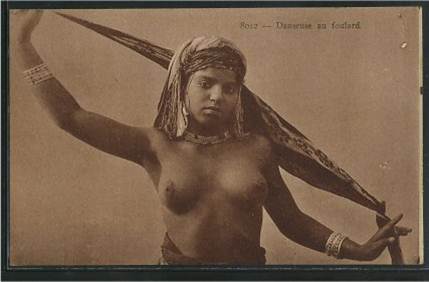
P.T. Barnum and Joice Heth
While in Europe exotic people were mostly exhibited in zoos, the USA had more traveling circuses. The most successful exhibitor was P.T.Barnum. His career started with exhibiting Joice Heth, an “ex-slave, 161 years of age, who had been the nurse of George Washington – father of the nation.”. read more…
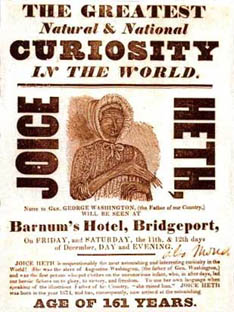
The Human Zoo
Before this research, I thought ‘Human Zoo’ was a way of saying things, based on the way we gaze at the animals in a zoo and metaphorically transmitted to how we gaze at the ‘other’ – the colonial other. My imagination had however led me far too far: the Human Zoo is a true fact of history.
The German Carl Hagenbeck started it. He was an internationally successful supplier of animals to zoos. In 1875, he had a herd of reindeers brought to Hamburg by authentic Sami complete with sledges, tents, utensils and dogs. So many people came to see, that Hagenbeck organised a tour. The Sami were examined by the Berliner Gesellschaft für Anthropologie, Ethnologie und Urgeschichte. Later he had Nubians and Inouit. It became his career, and of his sons. Between 1875 and 1940, in Germany alone, 400 of these groups were exhibited.
From 1907 on, he had his own zoo in Hamburg. read more…

Hagenbeck’s Eskimo Truppe
The successful German organizer of human exhibitions, Carl Hagenbeck, got Inuit from the Canadian Labrador for a tour to Europe, in 1880. They had not been vaccinated against the variola or smallpox virus and they all died.
The then famous specialist in physical anthropology Rudolph Virchow had been allowed to (try and) measure them during their lifetime; there were two families: a christened and a non-christened family. read more…
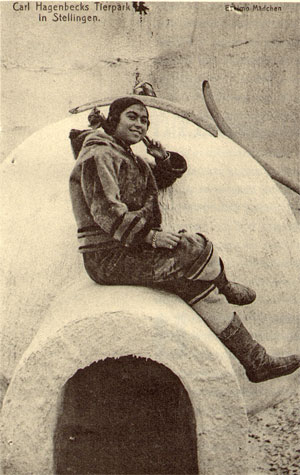
Inuit Minik (1890- 1918)
The stories about exhibited human beings compete in cruelty; one of the rudest is the story of the young Inuit Minik Wallace.
Seven years old, he travelled with his family to New York, to be studied in the American Museum of Natural History. Not long after they arrived, some of the Inuit died of tuberculosis. Among them was Minik’s father. read more…
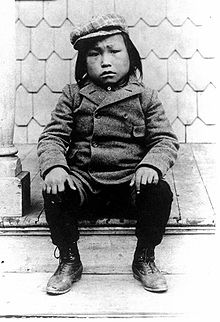
Congolese exhibited in Belgium
During several World Fairs (1885-1897), Congolese were exhibited in Belgium. A ‘typical village’ was erected for them, in which they were asked to ‘do what they normally did’. Mostly, the women would have something at hand: care for the children, pound cassava,.. and the men not much; in some cases they just started helping the women. read more…
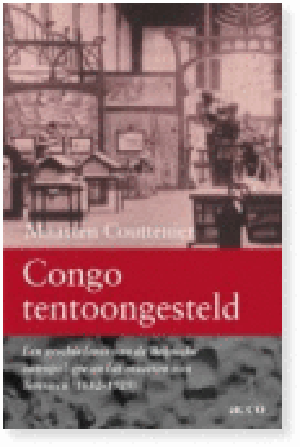
Saartjie Baartman – “La Vénus Noire”
Saartjie Baartman was a Southafrican San or Hottentot. She was displayed at London and Paris freakshows, from 1810 to 1815. Five years after her arrival, she died. The famous anthropologist, director of the Musée de l’Homme Georges Cuvier was very quick to claim her corpse. He took great care putting her brains, genitals and buttocks in jars with formalin, but he did not care to find out what caused her death. This way, he finally got a hold on her genitals, which she refused to show during her lifetime. read more…
